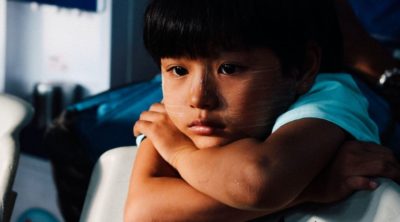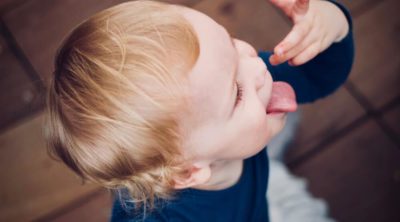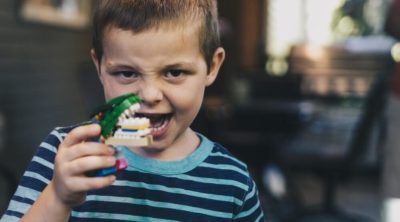Has your baby been suffering from facial rashes? Find out how to get rid of rash on baby's face in simple and safe steps…
Baby skin is very delicate and extra sensitive. It needs special treatment and more care. We cannot tend to their skin like the way we do with ours. Since the skin is thinner and lacks enough protective epidermal layering, it is more susceptible to infection and injury. The most common causes for baby rashes on the face are eczema, milia, dribble rash and roseola. These usually need medical treatment and can be easily cured. When the baby’s skin develops and becomes more resilient, it keeps most skin infections at bay. Eczema for instance, is also an inherited skin condition, which could have been transmitted, from either of the parents and their respective genealogy. There are but a few measures which can be taken by parents to keep these itchy and uncomfortable conditions away.
Causes for Rash
- A rash, may be an indicator of allergies. Your baby may be allergic to the foods you eat, which may be getting transferred through breast milk.
- These allergies could be due to the foods being given to the baby, perhaps certain ingredients in the baby food is not suiting him.
- Allergies could be triggered through the chemicals being used for keeping the baby clean. Detergents and perfumes present in baby soaps and creams, too can cause a lot of trouble for the kid.
- It could be due to extreme climatic conditions. Too much of heat or cold can dehydrate the baby’s skin even though we may think that the weather is suitable for the baby.
- People will usually not care to wash their hands before attempting to touch the baby’s face or trying to kiss their cheeks. What eventually happens is that the germs will affect the baby’s skin.
- If a rash has come and gone, contact with germs will cause a new outbreak.
- Try to keep the floor disinfected at all times, or a safer option would be to keep the baby away from the floor or dirty surfaces. As dust and germs can aggravate the rash or lead to a fresh breakout.
- Allergies can come from pets as well. Try to keep your pet cat or dog from coming in contact with the baby for some years. Pet hair and saliva can lead to skin infections in human babies.
Ways to Get Rid of Rash
- Do not use any soaps to clean your baby’s face and neck. Simple water is sufficient for your baby’s skin.
- Wipe the skin using a soft paper towel and never use cloth on their skin. Cloth being tougher and germ infested will only make the rash persist for longer periods.
- You need not use a paper towel either, and could simply let the area air dry. This will soothe the skin and alleviate the itchiness.
- Use ice cubes to rub the affected spots on the skin in case it’s itching too much and the baby is crying with excess discomfort.
- Keep the baby’s finger nails short, so that he/she can’t scratch the rash and make it worse. A seemingly impossible task to accomplish, knowing that baby’s can’t take instructions, and we can’t keep them from scratching themselves! Nonetheless, trying will help heal the rash to a large extent.
- As far as possible, try to not let people touch the baby at all. Let the child grow to about 2-3 years or so, because until then their skin will be less sensitive.
- In case the rash has turned red and flaky, or is oozing, the rash has already been growing for a while. Consult a pediatric dermatologist specifically, because they are specialists, and have dealt with baby rashes many times over.
- Ask for a cream with hydrocortisone in it. Ask for something mild and effective for baby’s. Remember to mention your baby’s age and the time since the onset of the rash as well as the number of times it has appeared in the past.
- You will need to get your baby tested for food allergies and accordingly eat only the things which your baby can safely consume either directly or through your milk.
When dealing with baby rashes, the safest advice would be to consult a specialist in pediatric dermatology. One can never be too sure that the products in the market may suit your baby specifically or not. While it may suit most, it need not necessarily suit your own. It’s better to be cautious and seek medical advice before using any chemicals and creams on your baby’s body.


